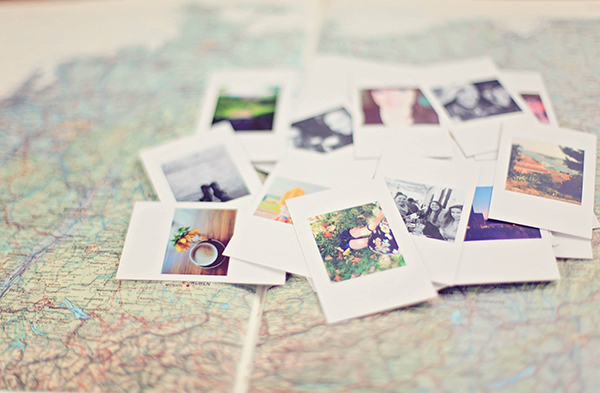Image labeling is the process of identifying and marking various details in an image. Image labeling is useful when automating the process of generating metadata or making recommendations to users based on details in their images. This process can utilize on-device and cloud-based technology to detect details in images automatically.
Crowdsourcing can be used for image labeling in two ways; on the one hand, images can be labeled via the crowd and on the other hand can help to ensure/verify that details of an image are correctly identified and labeled.
Image labeling involves identifying an image as a whole, but it can also involve identifying various aspects within an image. For example, the process is straightforward for pictures that contain a single image, like a portrait photograph. Labeling an image can be more difficult for shots that include more details, like a wide-angle picture taken in a public place.
A few aspects of an image that could be labeled and identified include:
The more detail is included in the image label, the more information it can offer. For example, labeling an image as a mountain landscape can be helpful, but it’s even better if the mountain range can be identified.
Depending on the details in the image and how detailed the description is, image labeling can be a lengthy process that contains a lot of information about what can be seen in the picture.
Find out how clickworker can support your image labeling project with its image annotation services and image tagging solutions.

There are many uses for image labeling, and they will continue to be important as the future of the internet unfolds.
Today, image labeling and face recognition software can make using social media and cataloguing pictures in an online album a lot easier. Photos can automatically be categorized based on their content and they can be labeled automatically without the need to identify each image individually.
It can be helpful for businesses and content producers as well. Metadata can be automatically generated based on the images and content on a page, without the need for it to be generated word by word. It can also be used to describe images on a website. Not only can that help with search engine optimization, but it also makes websites more engaging for the visually impaired.
In addition, the future of labeling images may make advertising easier based on the information that can be obtained from customer images.
Find out how clickworker can support your image labeling project with its image annotation services and image tagging solutions.

An efficient way to label images is to use an application programming interface (API). They can be downloaded to a device or they can be used in cloud-based applications.
Device-specific programs have the benefit of being able to be utilized without an internet connection. Because the program is self-contained, it is also the quickest way to label the various aspects of an image.
However, device-specific programs aren’t always very accurate. They can also be lacking when it comes to details. If the most accurate, detailed information is of the utmost importance, a cloud-based application is a better choice.
There are many different providers that offer both device-specific and cloud-based programs. Most also include a confidence score that makes it easy to check the image labeling on large batches of images.
Image labeling can be separated into two main types – annotation and tagging. Tagging refers to the process of labeling entire images with specific terms. For example, images of different animals are tagged according to which animal is shown. This data set can then be used to train machines to recognize these animals in different pictures. In addition, image tagging helps to make your photo database more easily searchable. Using an internal search function, the images are shown as results when the tagged terms are used as keywords. Web crawlers also use this information when indexing a website, which can help your SEO ranking.
Image annotation on the other hand labels different parts of an image. That means that there is not one label applied to the entire photo, but only to one aspect of it. This can take different forms such as the following:
Bounding boxes are one of the most common types of image labeling. Rectangular boxes are placed around certain objects within the image, for example, cars, cyclists, as well as pedestrians in traffic images. This allows the AI to recognize these shapes in different contexts and thus learn to apply this information to new images.
Similarly to bounding boxes, polygons are used to annotate specific objects within an image. However, polygons allow for more precision: The lines are drawn closer to the edges of the object and can be used to annotate objects that do not fit into rectangular boxes.
With semantic segmentation, annotators can identify every pixel of the images according to a set of predetermined tags. For example, an aerial photograph of a neighborhood can be annotated to identify which pixels show streets, houses, vehicles, or gardens. This provides you with very specific labels that are particularly important when the environmental context of an image matters.
Key-point annotation can be used to detect small objects and shapes. For this, dots are placed on specific parts of the image, for example, eyes, eyebrows, or the mouth on the image of a person. Using this information, machines can learn to identify different emotions and recognize facial features from different angles.